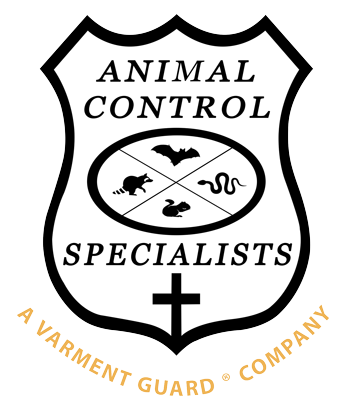Animals can find their way into attics through various means, often seeking shelter and warmth. Small openings or gaps in the roof, such as broken shingles or loose vents, offer easy access for animals like squirrels, raccoons, and bats. These creatures are excellent climbers and can easily scale the exterior walls of a house to reach the attic. Additionally, trees located close to the house can act as bridges, allowing animals to jump onto the roof and find an entry point. Some animals, like rats and mice, are adept at squeezing through tiny holes or cracks in the walls or foundation of a home. Once inside, they can navigate through the walls and eventually make their way up to the attic. It is essential to regularly inspect and maintain the exterior of a house to prevent these opportunistic animals from gaining access to the attic.
Understanding how animals gain access to your attic
The relentless determination of wildlife
Wildlife creatures possess an innate ability to find shelter, and sometimes, that shelter happens to be your attic. While it may seem puzzling how animals manage to infiltrate such a seemingly secure area of your home, their methods are often ingenious and persistent. In this article, we will explore the various ways animals can gain access to your attic, shedding light on their resourcefulness and adaptability.
Entry points: Vulnerabilities in your home
Your home, though sturdy and well-built, is not impervious to the ingenuity of wildlife. These creatures can exploit several vulnerabilities to make their way into your attic. Here are some common entry points they exploit:
1. Roof damage and gaps
Animals are quick to exploit any weaknesses in your roof. Damaged or missing shingles, loose flashing, or gaps in the soffit or fascia boards provide easy access for them. Squirrels, raccoons, and birds have been known to capitalize on these vulnerabilities, squeezing through even the tiniest openings.
2. Tree branches and overhanging foliage
Overhanging tree branches can serve as a bridge for animals to access your roof. Squirrels, raccoons, and even agile rodents like rats can use these branches as a launching pad to reach your attic. Similarly, dense foliage that brushes against your home provides an ideal pathway for animals seeking shelter.
3. Chimneys and vents
Chimneys and vents are another common entry point for wildlife. Birds, bats, and even raccoons can squeeze through damaged or uncovered chimney caps or vents. These openings often go unnoticed until you find yourself sharing your living space with uninvited guests.
4. Construction gaps and cracks
During the construction of your home, gaps and cracks may inadvertently be left behind. These imperfections can provide an easy entry point for animals seeking refuge. From mice and rats to squirrels and bats, these tiny gaps can become a gateway to your attic.
5. Attic access points
Lastly, animals can exploit pre-existing access points in your attic. Unsecured attic doors, loose or damaged insulation, or compromised vents can all provide an open invitation for wildlife to enter your home.
Prevention is key
Understanding how animals gain access to your attic is the first step in preventing future infestations. Regularly inspecting your roof for damage, trimming tree branches away from your home, and ensuring that chimneys and vents are securely covered can help minimize the risk of wildlife intrusion. Additionally, addressing any construction gaps and securing access points to your attic will go a long way in keeping unwanted visitors out.
By being proactive and vigilant, you can protect your attic from becoming a haven for wildlife. Remember, if you suspect an infestation or find evidence of animal presence in your attic, it is best to seek the assistance of a professional wildlife control operator who can safely and humanely remove the animals from your home.
Contact For Wildlife Control Help
If you find yourself in need of animal removal services, don’t hesitate to give us a call at Animal Control Specialists, LLC. Our team of experienced professionals is ready to assist you with any wildlife-related issues you may be facing. With our humane and effective approach, we will ensure that your property is free from unwanted visitors in no time. Remember, prompt action is crucial in preventing further damage and potential health risks. So, don’t wait any longer – reach out to us today at (330) 608-1718 and let us handle your animal removal needs.
